Design seeks to utilise circular economy principles and act as exemplar for sustainability in large-scale cultural production

Unknown Works has completed a new gallery at the Science Museum in London. Named Energy Revolution: The Adani Green Energy Gallery, the space examines the rapid energy transition and decarbonisation needed globally to limit climate change.
The new gallery shows how the past, present and future of energy systems are shaped by human imagination and innovation and explores how all sections of society have a role to play in deciding the future of energy use.
Designed using circular-economy principles to echo the gallery’s decarbonisation focus, Unknown Works has delivered the 800sq m space using recycled and repurposed materials from the Science Museum Group’s object store and by utilising other low-carbon construction methods.
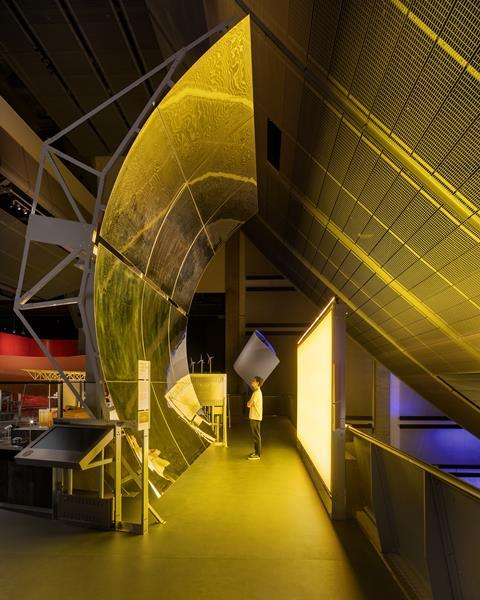
Theo Games Petrohilos, director, Unknown Works, said: “From the outset, we were inspired to use as little new material in the gallery’s design as possible.
“Repurposing existing archival and exhibition material allowed us to shine a light on the transitory and often wasteful nature of exhibition design, and deliver a landmark new gallery in complete harmony with its curatorial content.”
“Our circular layout poses the idea that no one solution is the panacea to get us to a sustainable future, we must live in a careful balance of solutions - each part of a collective balancing act.”
The design was developed using whole-life carbon assessment as a design tool to reduce the design-stage carbon footprint estimate from 113 tonnes to 53 tonnes of carbon dioxide emissions, supporting the Science Museum Group’s target of achieving net zero by 2033.
This approach also seeks to address what is the often wasteful nature of exhibition design and aims to set a new benchmark for sustainability in large-scale cultural production.
Unknown Works’ circular concept revolves around a series of repurposed metal exhibition systems. The architects identified an opportunity to repurpose 225 redundant galvanised steel shelving systems previously used at the Blythe House object storage facility.
These galvanised steel shelves were repurposed as robust display plinths at varying pitches, allowing for items to be displayed at varying heights. Prototyped by Unknown Works in their Dalston studio, the steel and plywood plinths integrate showcases, mounts, lighting and graphics.
The underlying structure to each plinth is also formed from repurposed shelf support structures taken from Blythe House - this is revealed to visitors within a 2-metre-tall glass display case housing an array of contemporary and historic climate measuring instruments.
The shelves are designed to be demountable and repurposed when the gallery closes. To further reduce the transport carbon footprint, materials and building components were sourced within a 100-kilometre radius of the gallery wherever possible.
Two main thresholds mark the entry and exit to the gallery, visualised as tall, curved walls of stained red marine plywood. The gallery starts with a pulsating light, a reminder of society’s underlying need for energy.
Movement through the gallery too is circular, embracing the open nature of the space, a floating deck mezzanine in the Science Museum’s West Hall.

Unknown Works directed the plinths to point towards a central core, where visitors can experience a kinetic moving sculpture, Only Breath, by artists Alexandra Carr and Colin Rennie from Torus Torus Studios.
A full-height solar mirror, previously used as a parabolic reflector trough was strategically incorporated to create an immersive experience within the layout to invite active participation and instil a sense of wonder in visitors.
Each exhibit within the gallery is designed to encourage meaningful discoveries and conversations, emphasising the collective effort needed to achieve a sustainable future.
This multifaceted approach is intended to be reflective of the journey to tackle different energy issues, and to promote understanding of technologies and their application in conjunction with one another, from solar and nuclear to hydrogen and wind energy.
The gallery examines this century’s defining challenge through the lens of imagination across three sections. In Future Planet, visitors can examine how climate scientists use mathematics and complex computer-based models to understand our planet, and what these tell us about the range of climate futures that might lie ahead.
In Future Energy, technologies - and the people behind them - that are reimagining how energy is supplied and used today are highlighted alongside historic artefacts which provide a longer view of the current energy transition away from fossil fuels.
Our Future looks forward to a new world that is being dreamed of, with children’s imaginative ideas of how the world will meet its future energy needs displayed with expert responses to them.
The studio collaborated with a range of consultants across sustainability, lighting and graphic design to create a team dedicated to innovation and design. This included working with the Roboforming team, utilising a low-energy, robotic, incremental sheet metal-forming fabrication technology for repurposed materials.
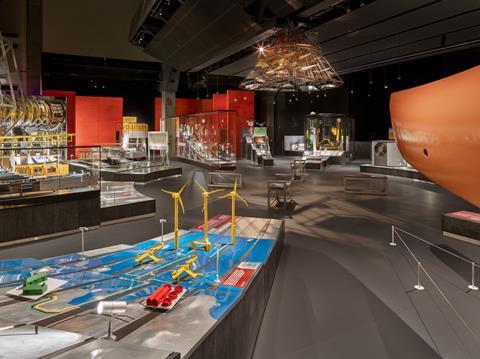
The studio connected with experts Thomas Pierce of the Bauhaus and the Architectural Association’s Hooke Park digital fabrication resources to create a topographic model of the Scottish islands of Orkney demonstrating its hydrogen and wind technologies.
Unknown Works secured the project in 2021 through an open bid process and competitive tender. The Science Museum said that they were selected for their “experience in delivering sustainably-focused, low-energy projects, alongside their ability to innovate construction methods and materials”.
The Science Museum’s curator of infrastructure and built environment, Oliver Carpenter, said: “This gallery shares contemporary stories of individuals, organisations and communities all imagining the future of low-carbon energy, but it also spotlights some of the earliest ideas and technologies created by the imaginations of previous generations.
“By taking a long view of the energy revolution and showcasing impressive technologies of the past, alongside today’s low-carbon options, we hope to inspire visitors to imagine a low-carbon energy future.”










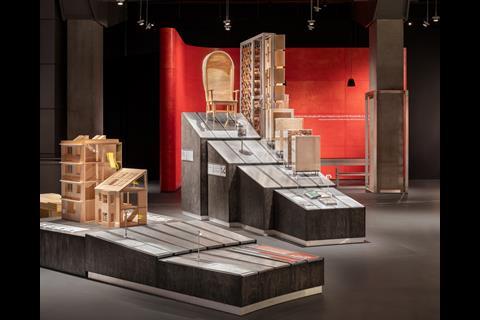
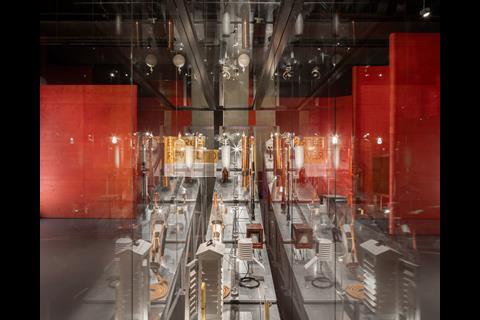
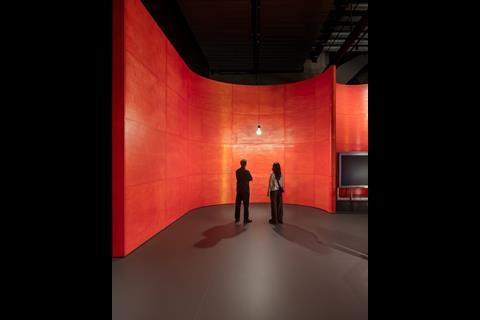


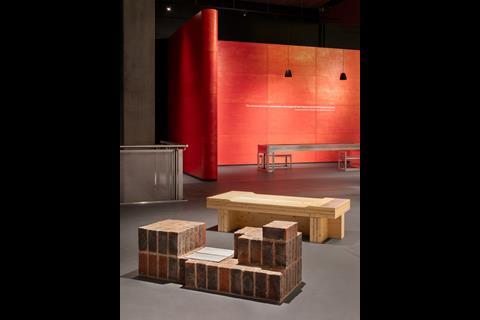
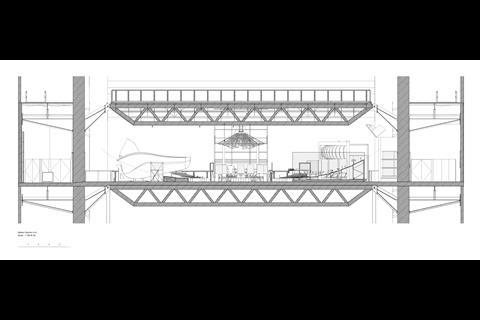








No comments yet